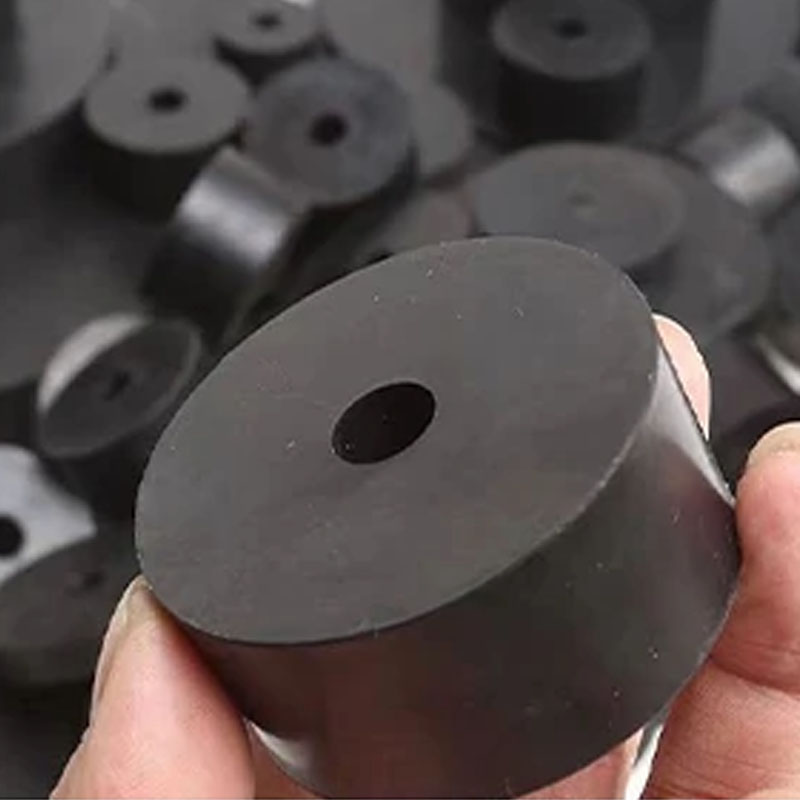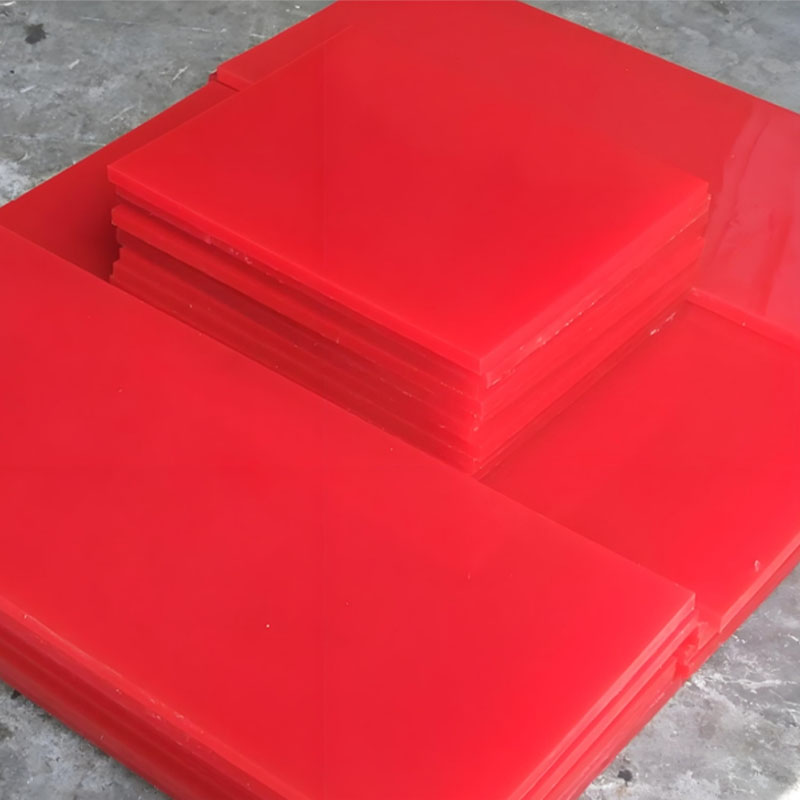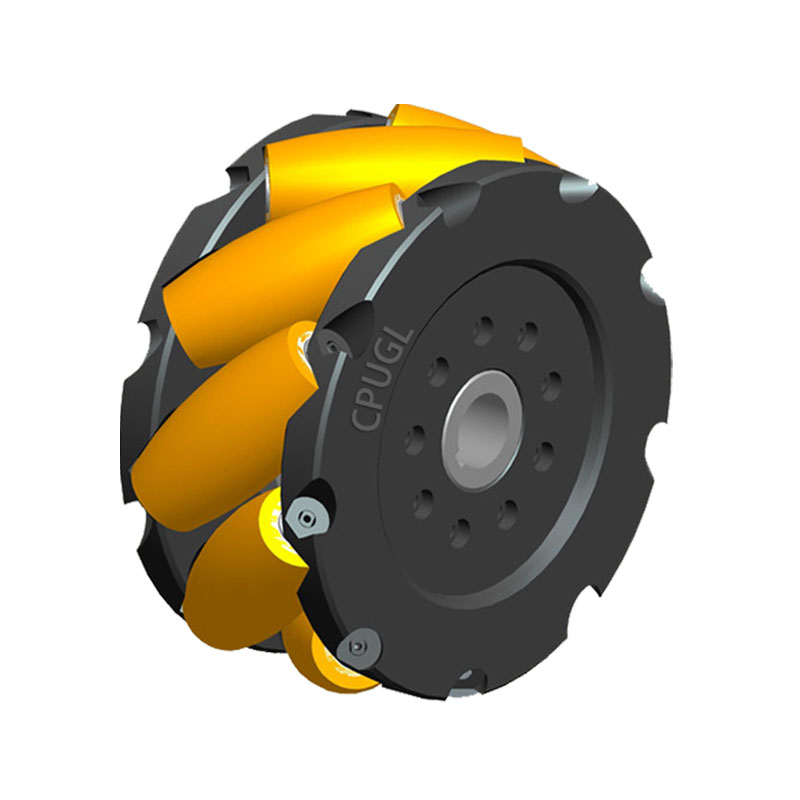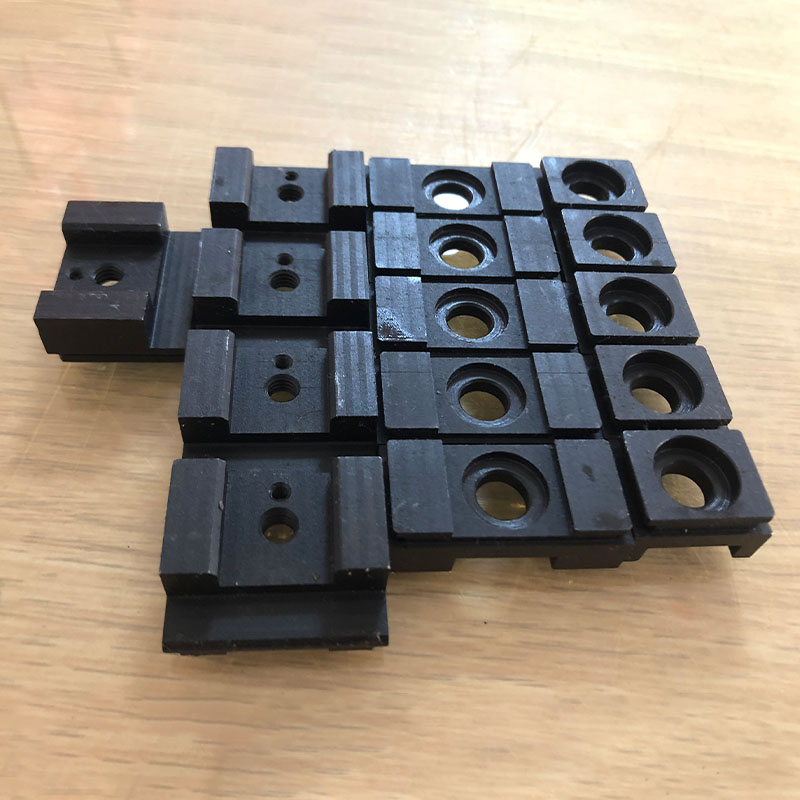
A rail wheel
A rail wheel
The rail wheel is an inconspicuous, but vital element of our modern infrastructure. We cross huge distances daily, get to work, to visit, and almost always this is due to this small, but powerful assistant. Imagine the world without trains, trams, metro - how would it become without a rail wheel?
History and development
The first attempts to use the rail wheels were made in ancient times when people sought to facilitate the transportation of goods and people. Initially, these were simple wooden wheels on wooden rails. Gradually, the technologies were improved: the metal became the material of the rails, and the wheels became more stable and durable. From simple wooden platforms, we came to complex mechanisms that provide reliability and speed of movement. The development of metallurgy, engineering and science made it possible to create modern rail wheels that provide smoothness and movement safety.
Device and principle of operation
A rail wheel is not just a round item. Its shape and profile are specially designed for maximum traction with the rail. The profile of the rail and the wheels create a powerful support that allows the train or the tram confidently to stay on the road. Thanks to this clutch, we can be sure that the train will not get off the rails, and we will safely get to the destination. Other components are also important: bearings that provide light rotation of the wheel, and structural elements that protect the wheel and rails from wear and damage. All this works together as a single mechanism that provides smoothness and safety.
Meaning in the modern world
A rail wheel is an integral part of a modern transport system. From freight trains, to high -speed trains and a light metro - everywhere there is an inconspicuous, but important invention. It allows you to move huge volumes of goods and passengers, reducing the load on roads and air. Rail transport is an environmentally friendly way of moving, and in this regard the rail wheel plays a key role. Thanks to him, we can quickly and effectively move around cities and countries.
AppropriateProducts
Corresponding products
The best soldproducts
The best -selling products-
 Polyurethane Otteral machine
Polyurethane Otteral machine -
 Polyurethane barrier from collisions
Polyurethane barrier from collisions -
 Wheels for robots
Wheels for robots -
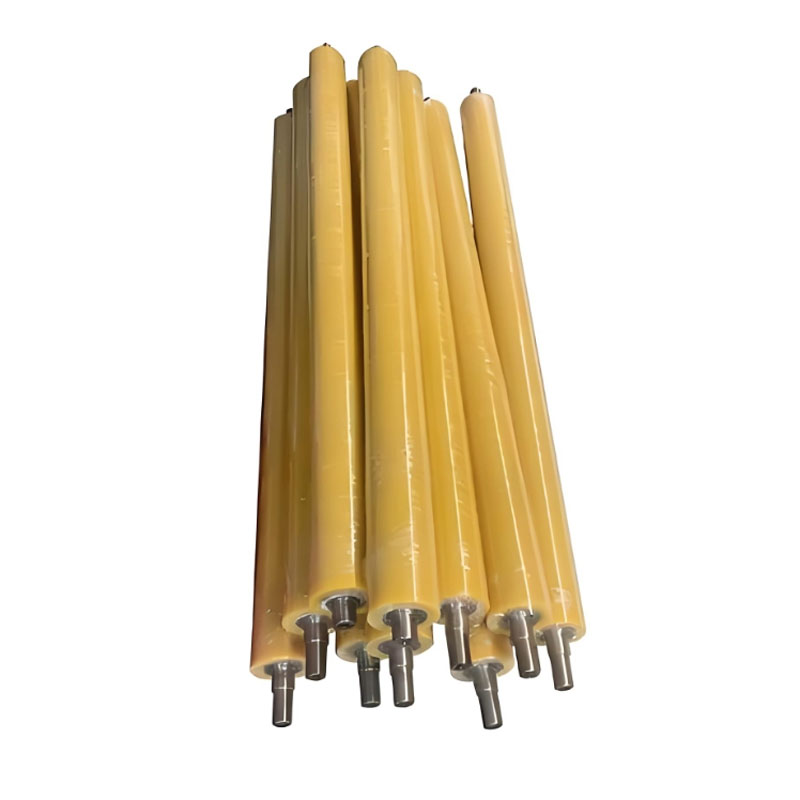 Polyurethane roller
Polyurethane roller -
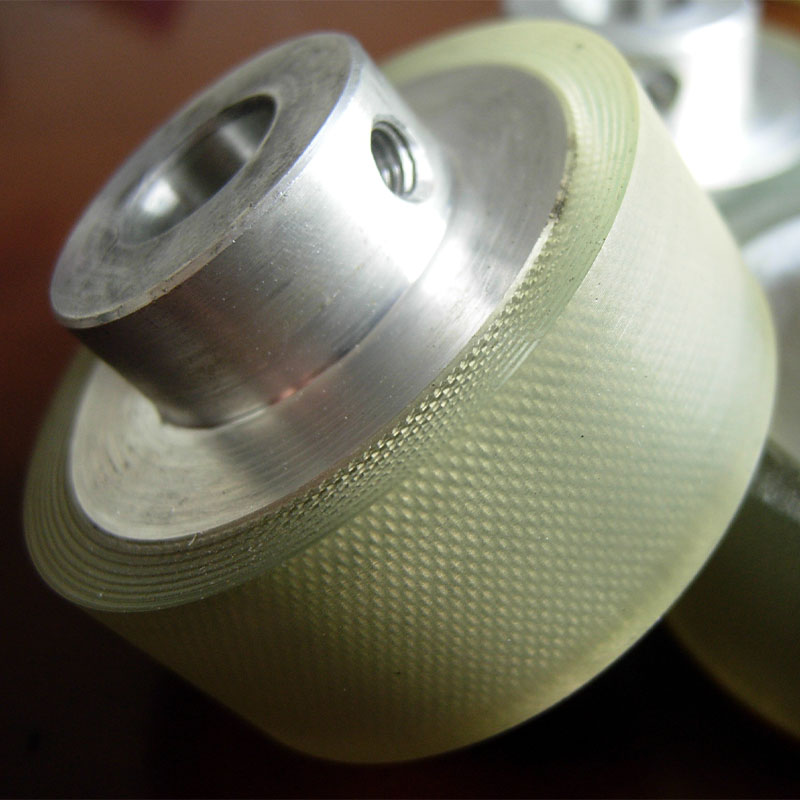 Rounds for attractions and fitness equipment
Rounds for attractions and fitness equipment -
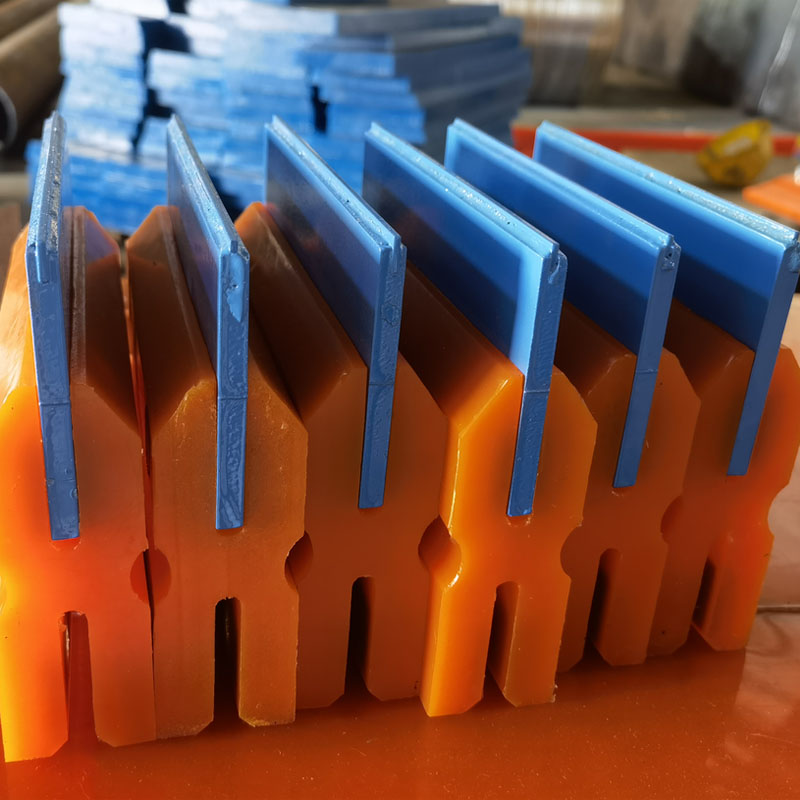 Polyurethane scraper
Polyurethane scraper -
 Polyurethane print shafts
Polyurethane print shafts -
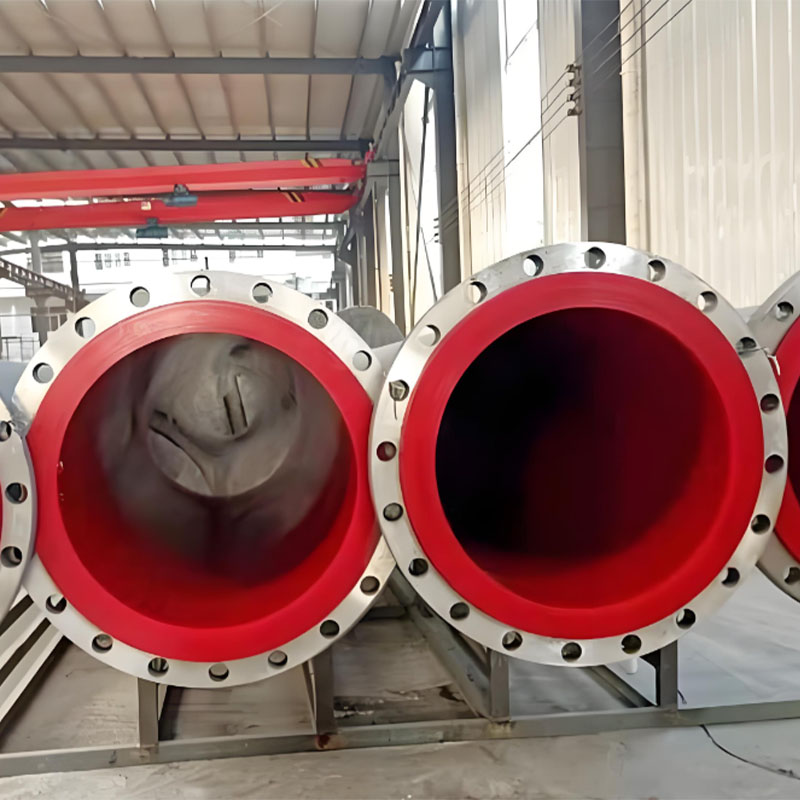 Polyurethane lining pipes
Polyurethane lining pipes -
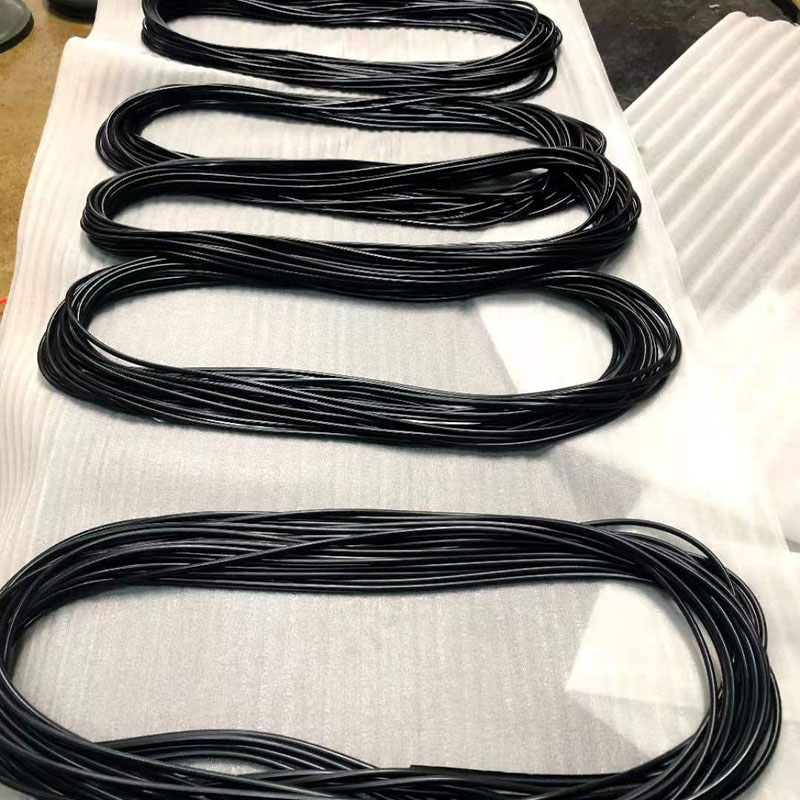 Sealing tape
Sealing tape -
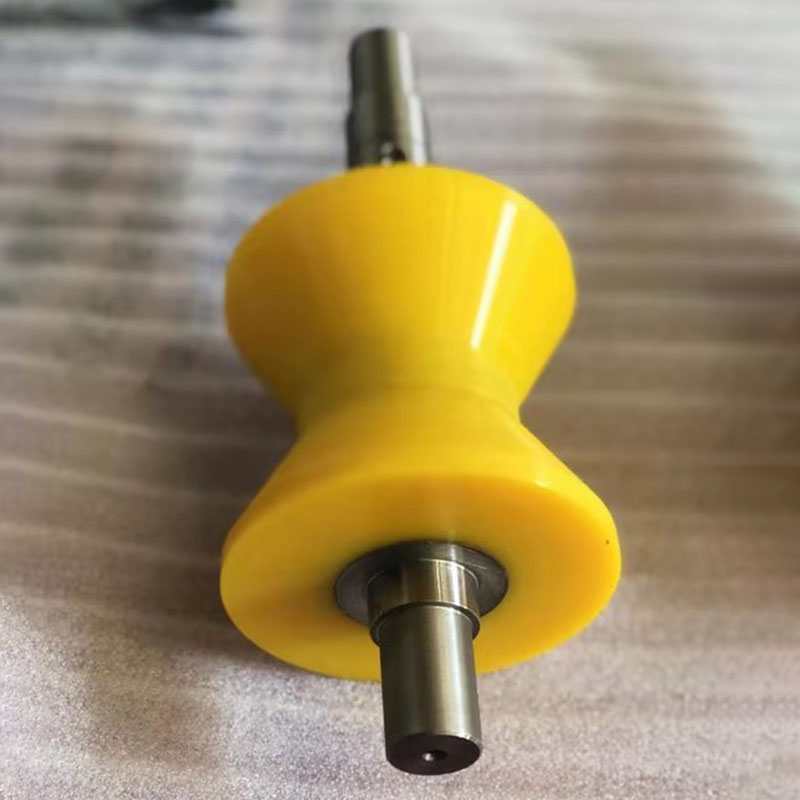 Polyurethane V-shaped video
Polyurethane V-shaped video -
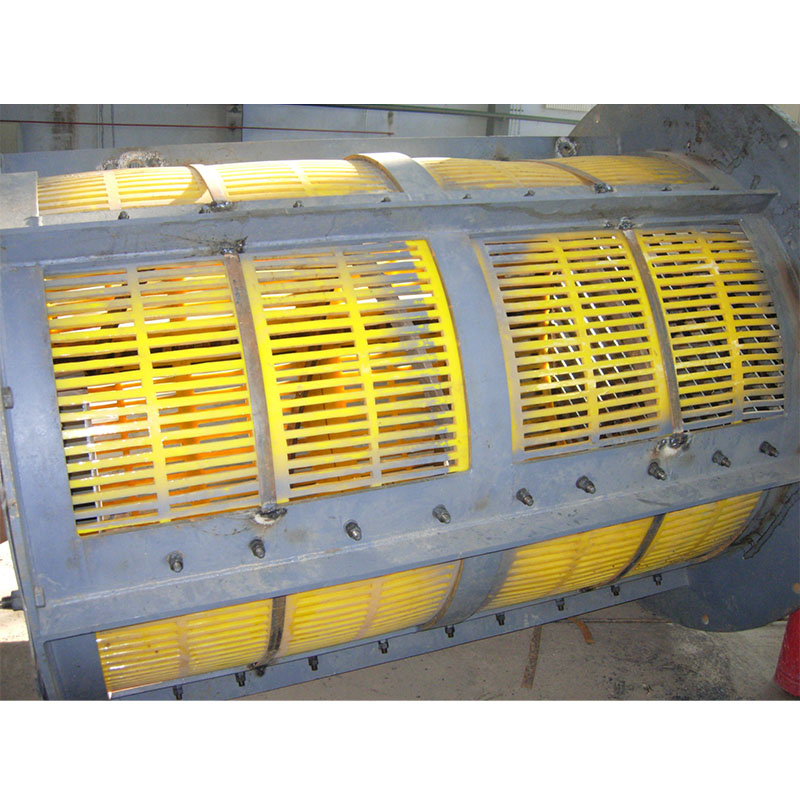 Drum screen
Drum screen -
 The video of the conveyor tape
The video of the conveyor tape
Connectedsearch
Related search- Prices for laying sealing rings in China
- Sealing laying 1 1 4 in bulk
- Polyurethane wheel bearing Cars
- Leading countries-buyers of sealing gaskets in China
- Sealing ring 2
- Return of the conveyor tape Ottering machines of factory in China
- The main countries of the departure of conveyor videos from China
- Crane gasket manufacturer
- The main suppliers of sealing rings for the thermostat from China
- Polyurethane spiral videos manufacturer






